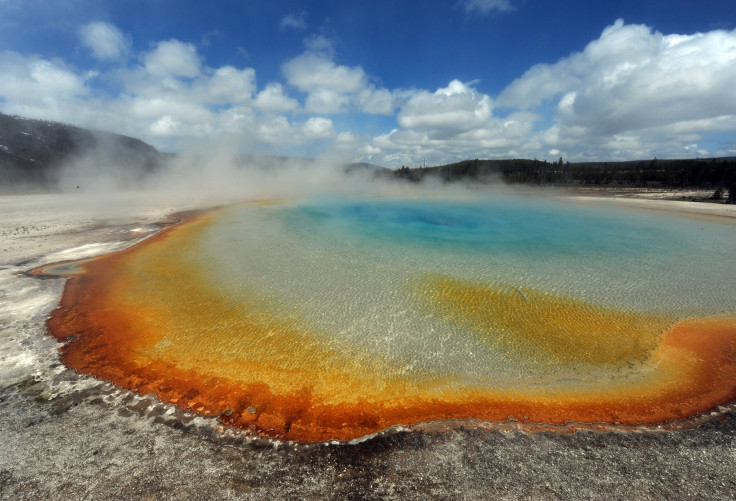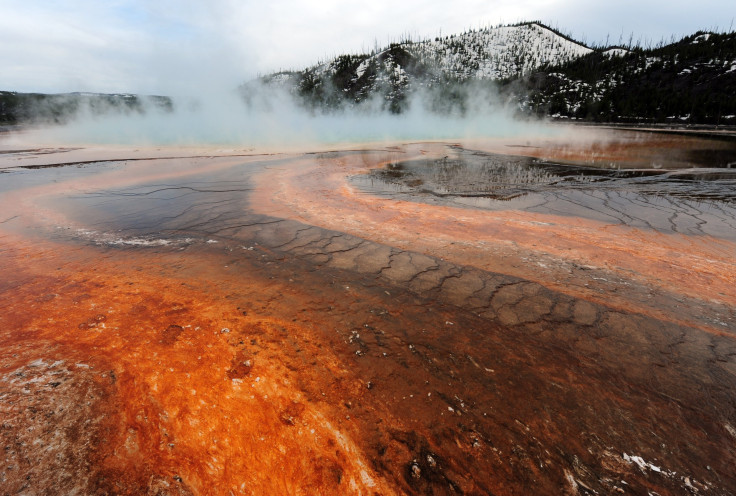Yellowstone Volcano: New Massive Magma Plume Discovered Underneath National Park

The Yellowstone National Park is a complex system, believed to have come into existence thanks to a family of volcanic events that occurred millions of years ago. About 630,000 years ago, a massive volcano eruption rattled the area, spewing miles of ash and rock, which eventually created the Yellowstone caldera.
Although most scientists suggest that Yellowstone currently lies atop of a mantle “hot spot”, there is still quite a bit of scientific debate about this theory.
However, two scientists, Peter Nelson and Stephen Grand from the University of Texas, claim they have found “strong evidence” that points to the presence of a massive magma plume, underneath Yellowstone.

A plume is considered to be a theoretical abnormality, which is believed to be located at the boundary between the Earth’s mantle and its core, rising through the mantle into the Earth’s crust. In other words, a plume would likely exist as a vertical “fountain” of hot magma.
According to the researchers, the existence of a plume under Yellowstone has been widely debated in the past. While some researchers suggest that a plume would explain the source of the heat that plays a pivotal role in the surface activities within the park, others propose that the heat source could be explained by shallow subduction or lithospheric processes.
Scientists used seismic data gathered by EarthScope's USArray to study the Yellowstone hotspot and discovered new evidence of a hot magma plume. The researchers discovered a “long, thin, slopping zone”, measuring around 72 by 55 kilometers, within the mantle. According to the scientists, in this region, the seismic waves were traveling slower than in other areas. This indicated that a section of the mantle is around 600 degrees to 800 degrees warmer than the surrounding areas, which in turn provided evidence of a plume, Phys. Org reported.
The researchers concluded that a plume rising from the Yellowstone volcano’s core-mantle boundary is the “ultimate heat source driving Yellowstone volcanism." The plume is believed to be a part of a zone that stretches to the park, all the way from Mexico.
However, the researchers acknowledged the need for further research, given the many uncertainties of how Yellowstone came to exist in its current location. The scientists also hope that the methods they used to study Yellowstone could also be used by others to study plumes, since current techniques may not be enough to detect thin thermal plumes such as the one they discovered under Yellowstone.
The findings of the new study were published in the journal Nature Geoscience.
© Copyright IBTimes 2025. All rights reserved.





















